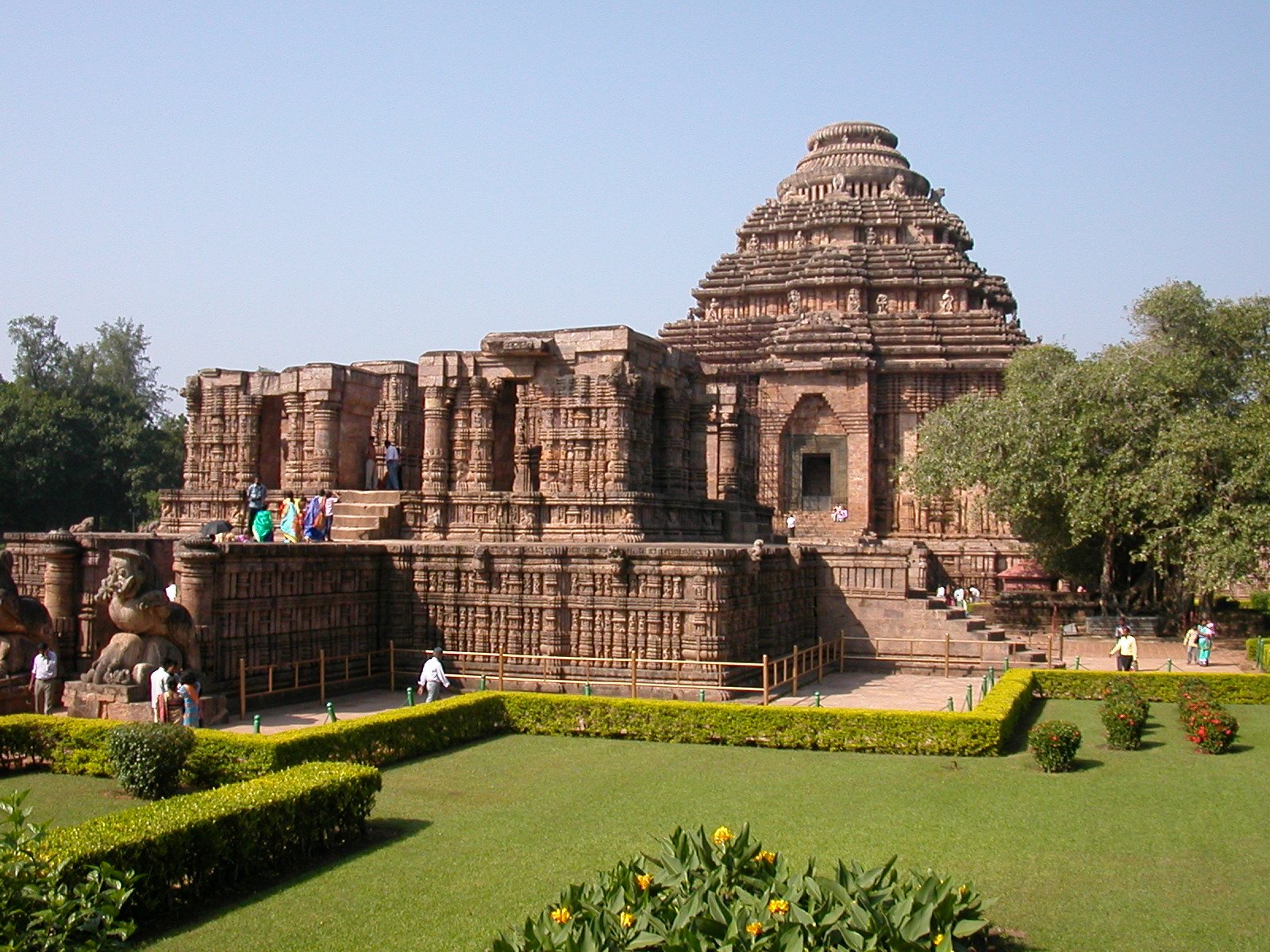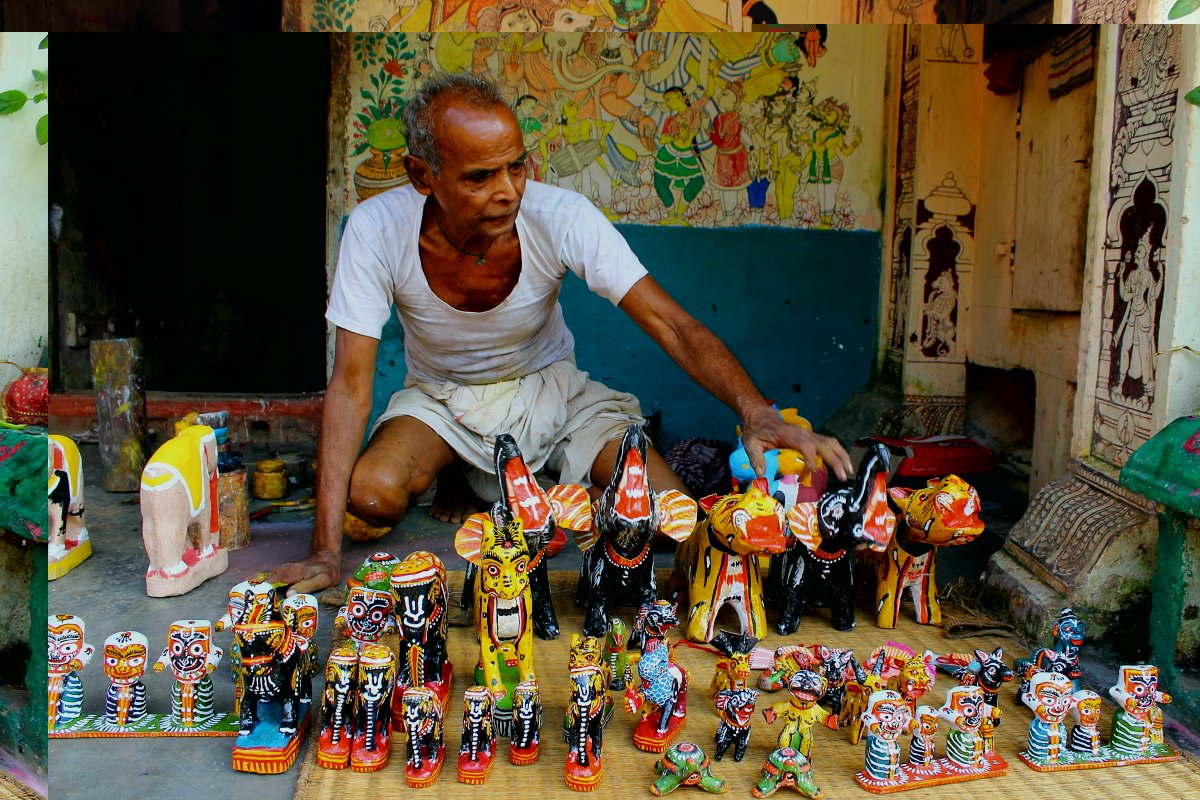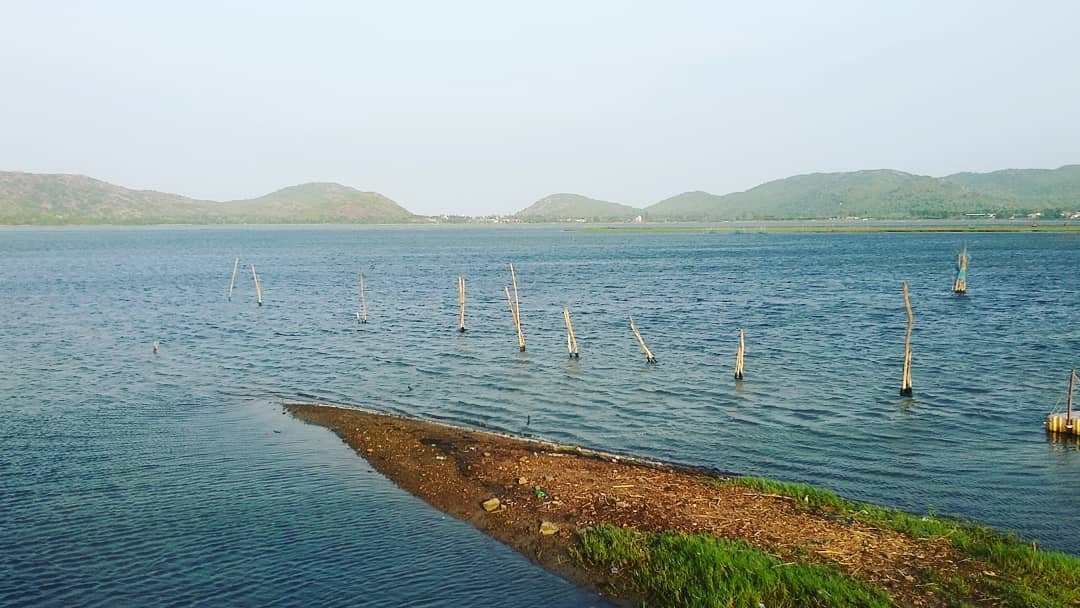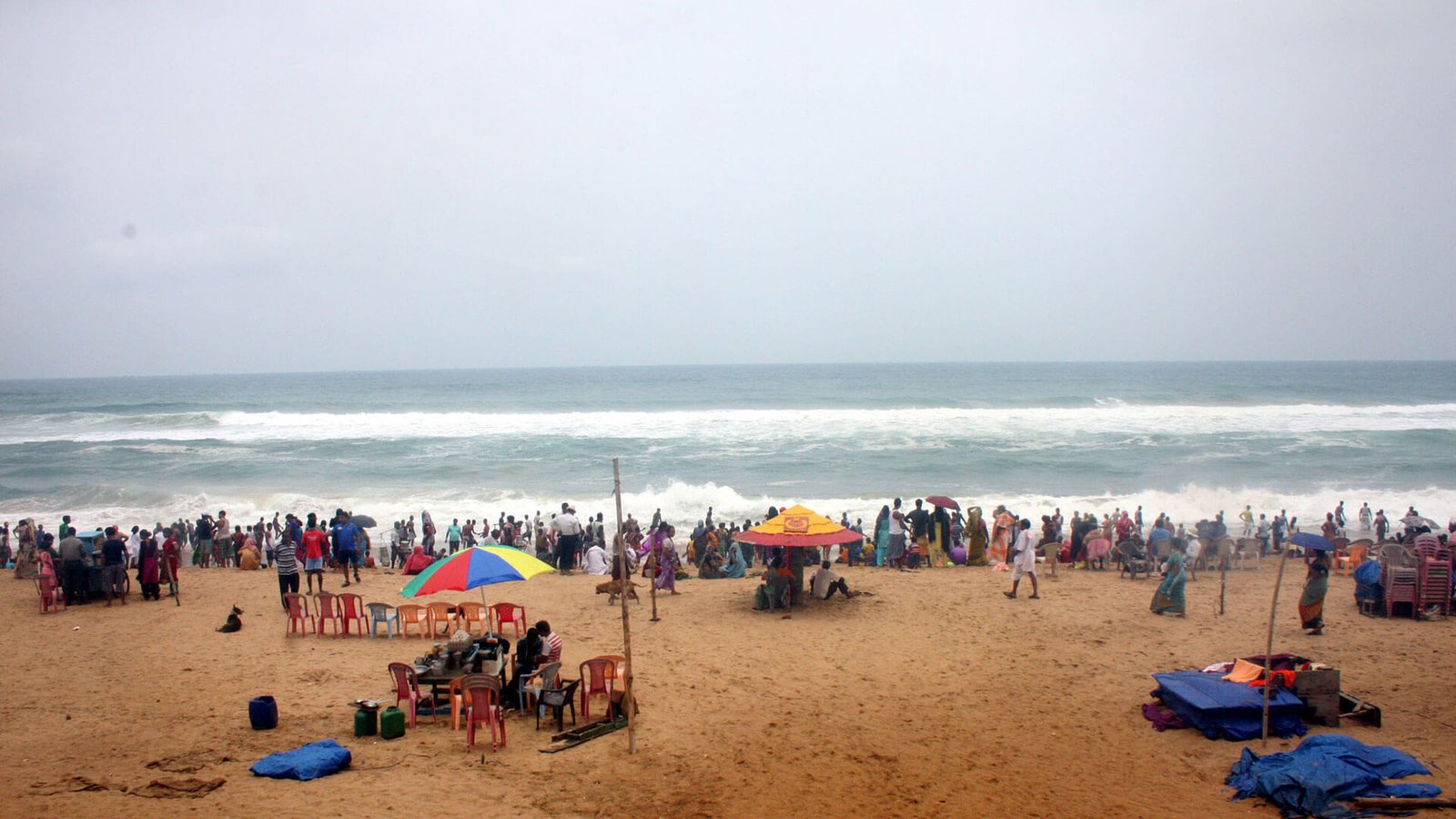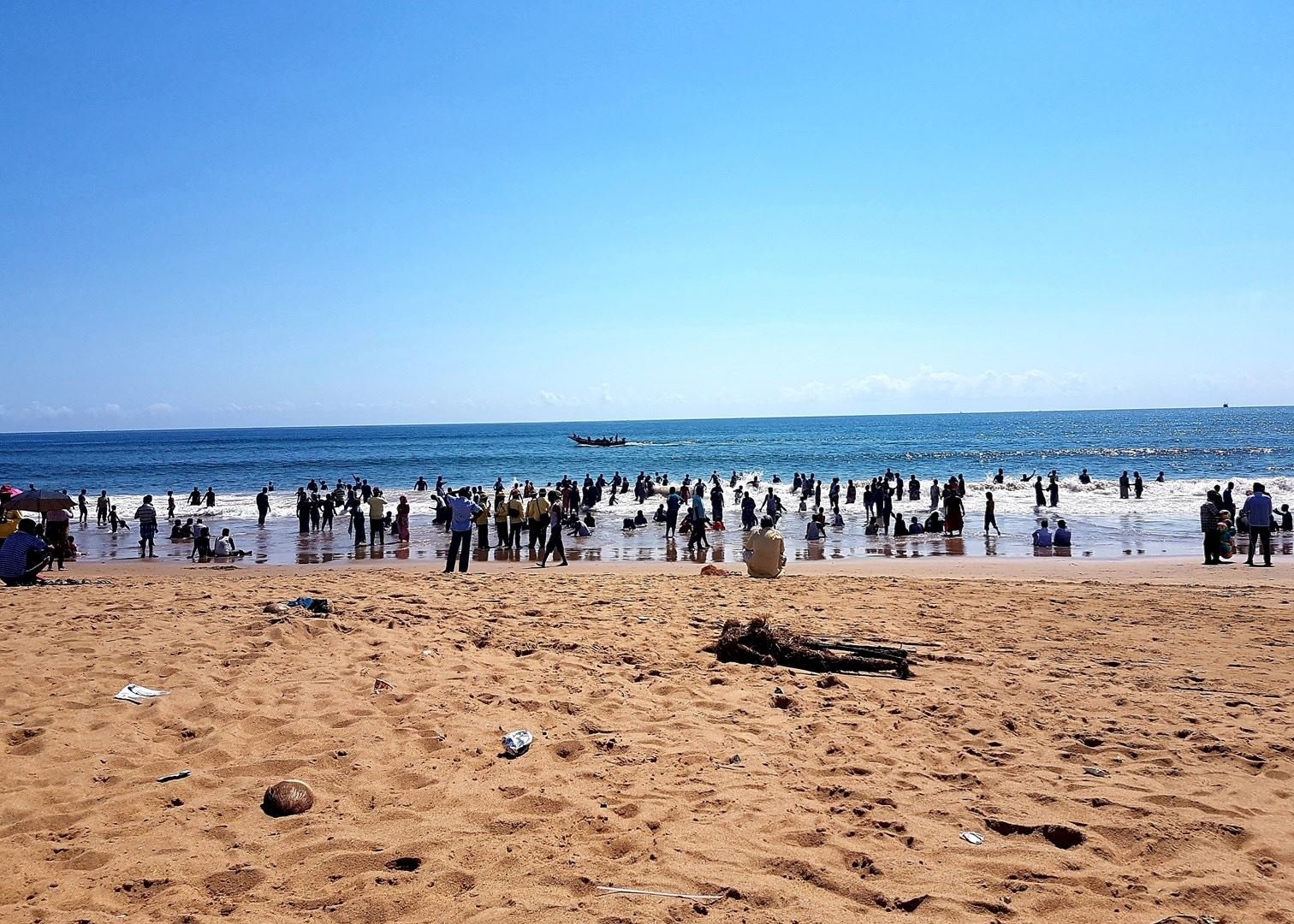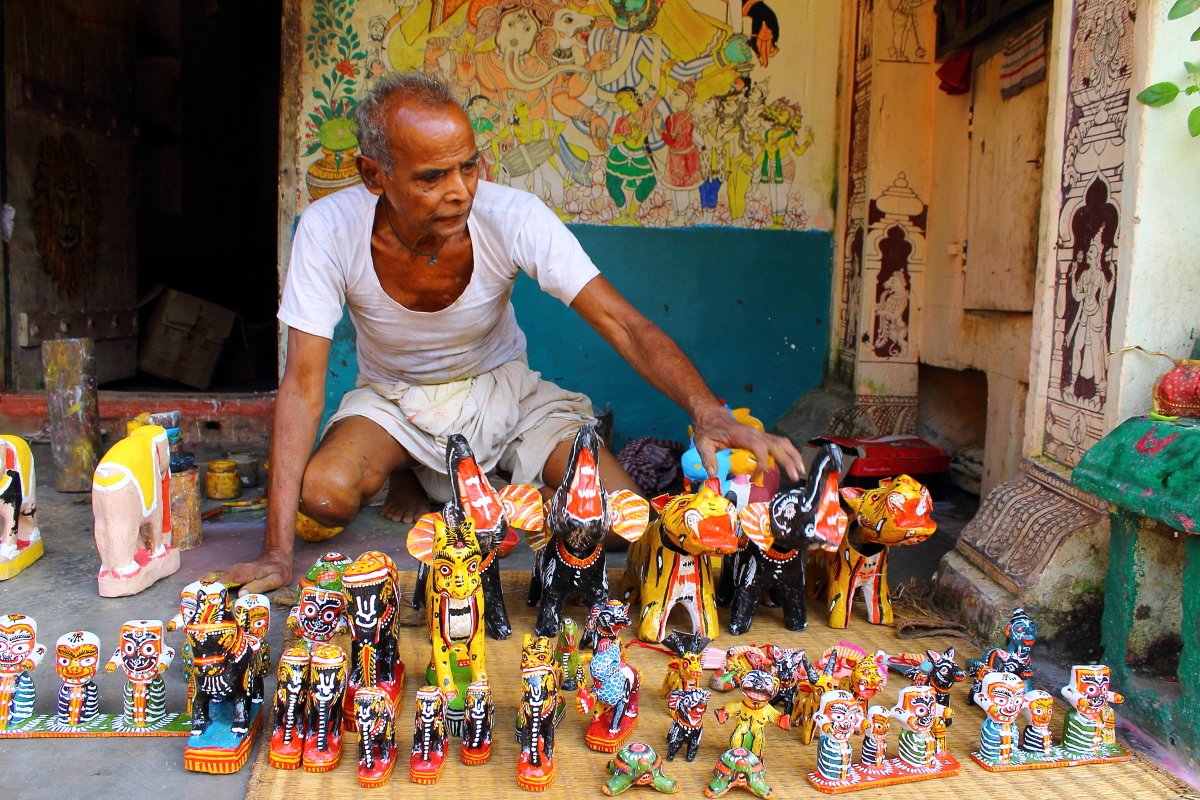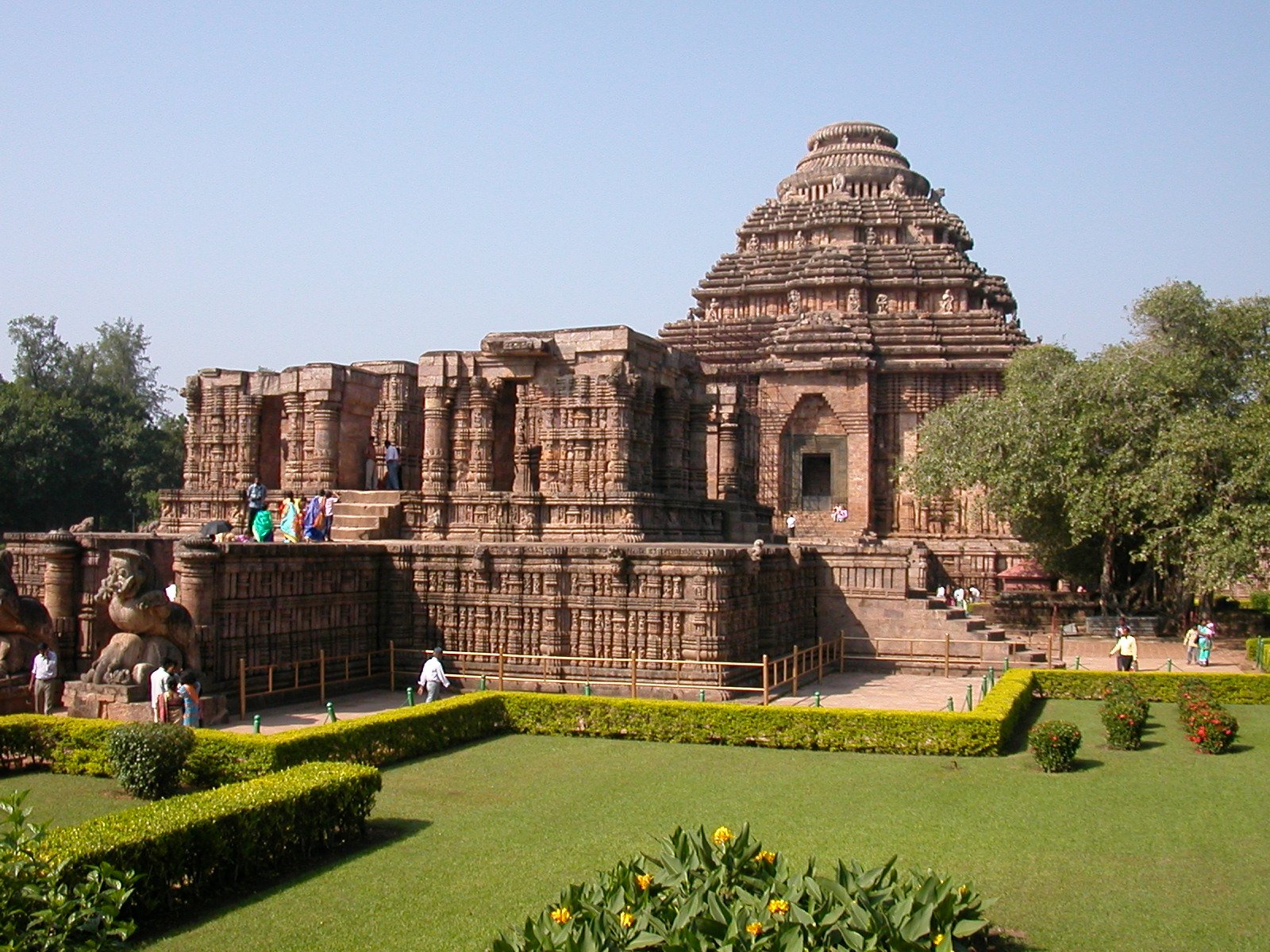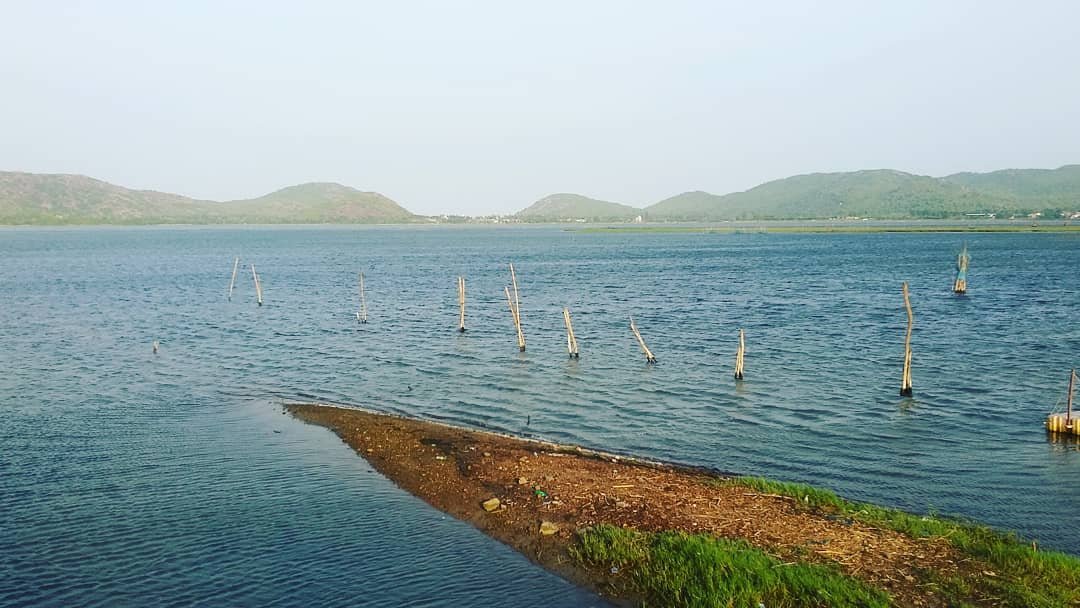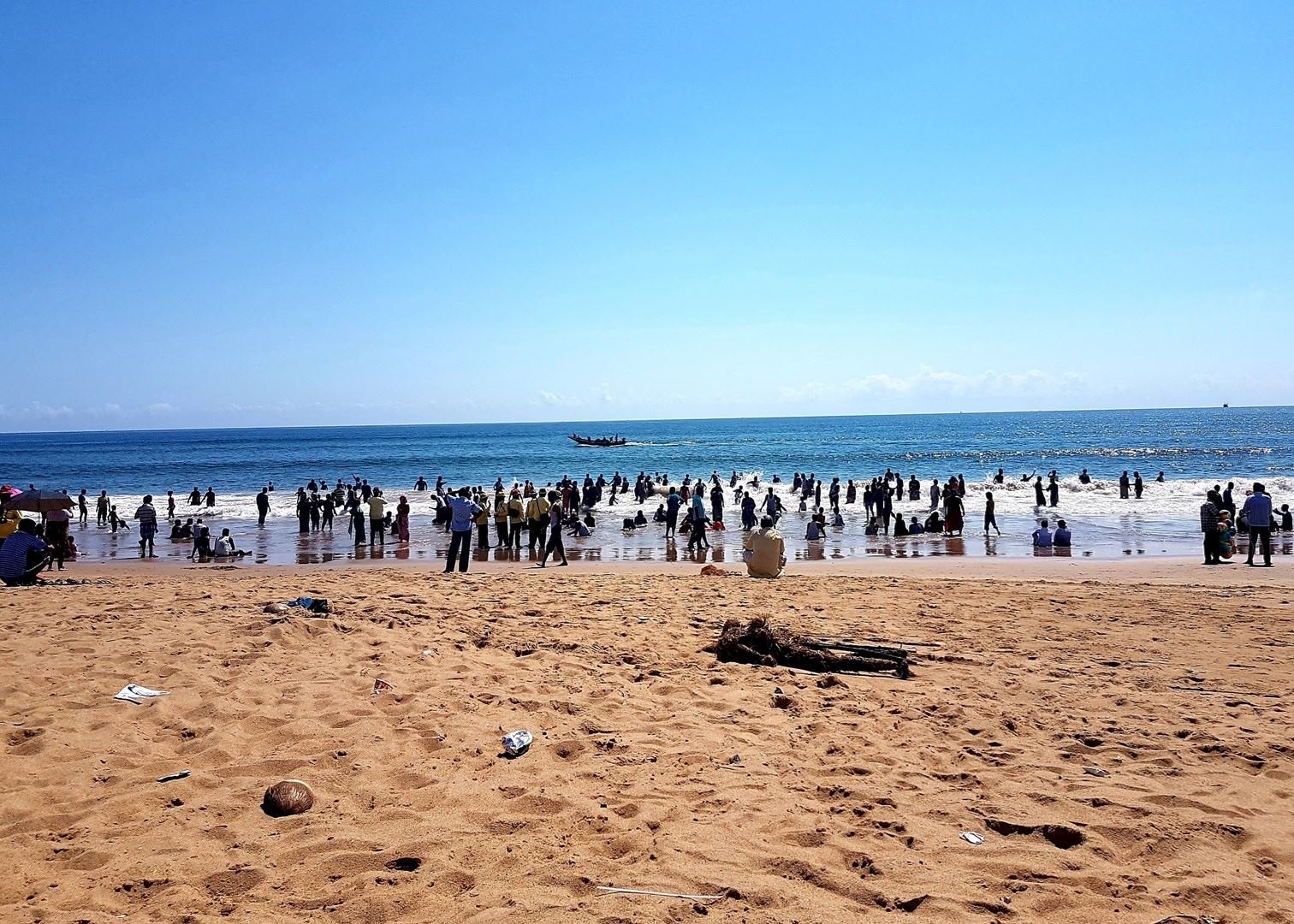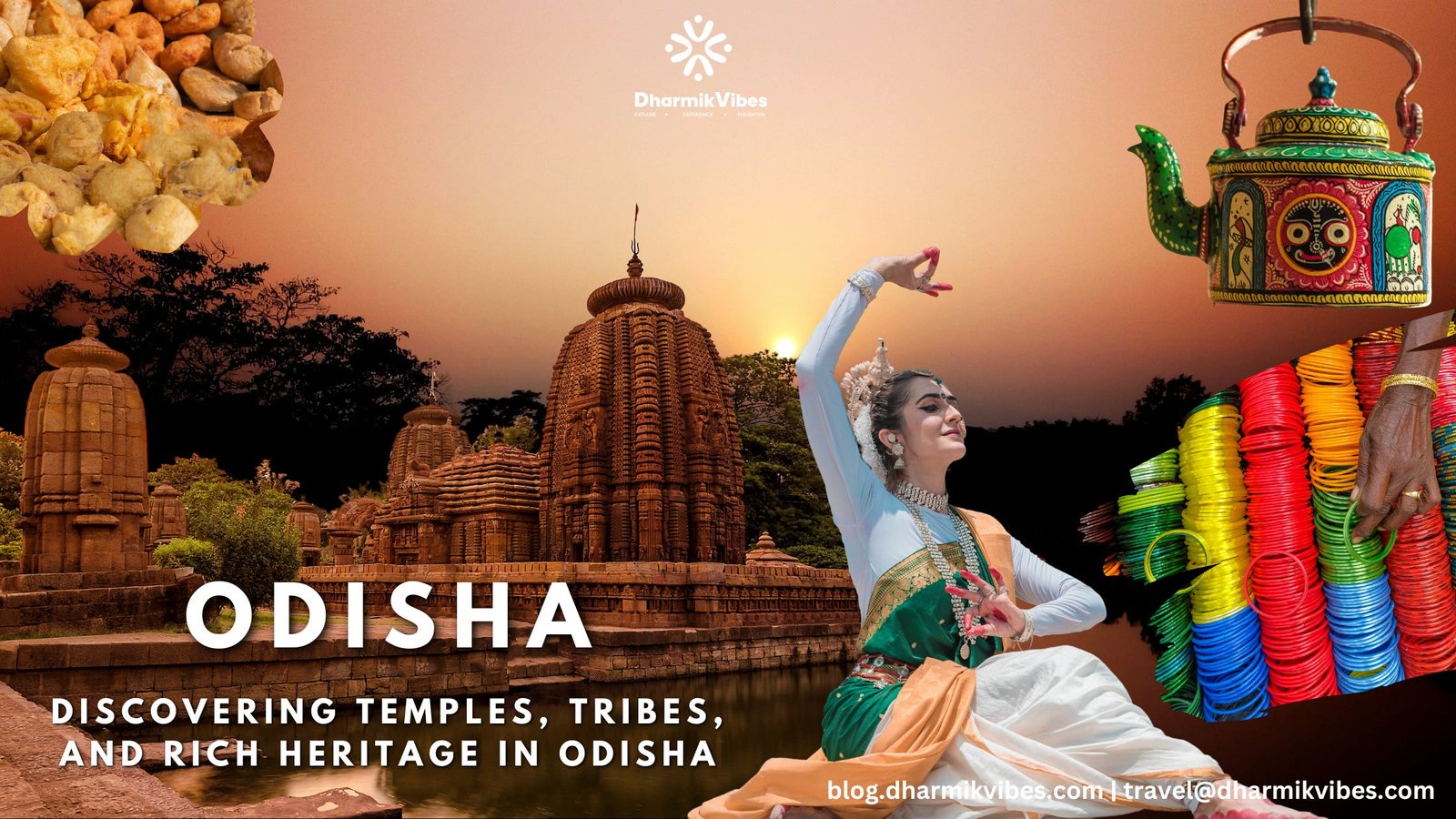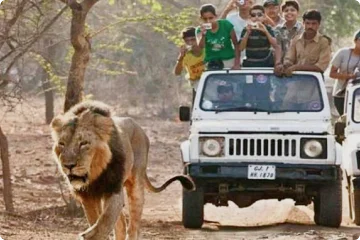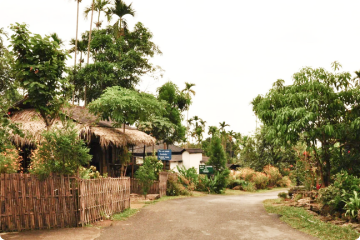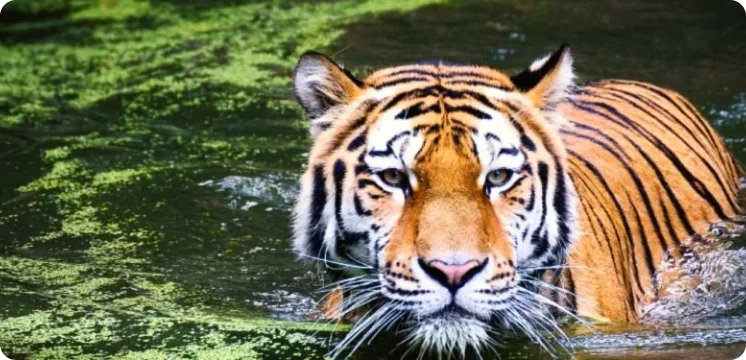A Land of Art, Heritage, and Natural Wonders - Odisha
5.0
Most
favourite
87
Total views
Odisha is a state located on the eastern coast of India, known for its ancient temples, rich cultural heritage, and beautiful coastline. The capital city is Bhubaneswar, also called the “Temple City of India.” Odisha is famous for the Jagannath Temple in Puri, the annual Rath Yatra (Chariot Festival), and classical dance forms like Odissi. The state has a diverse landscape including hills, forests, rivers, and beaches like Puri and Gopalpur. Odia is the official language. Odisha is also well known for its tribal culture, handloom sarees, stone carvings, and traditional food like dalma, pakhala bhata, and chhena-based sweets.
Odia vegetarian meals prepared by local families
Raghurajpur is renowned for its traditional Pattachitra art and cultural heritage. While the village doesn't have formal restaurants, visitors can enjoy authentic Odia vegetarian meals prepared by local families.

The Soul of Odia Comfort Food
Dalma is a beloved traditional dish made from arhar (toor) dal and a medley of vegetables like raw banana, pumpkin, papaya, and beans. It’s gently spiced with cumin, bay leaves, and dry red chilies, then topped with a fragrant ghee tadka. Dalma is both nu
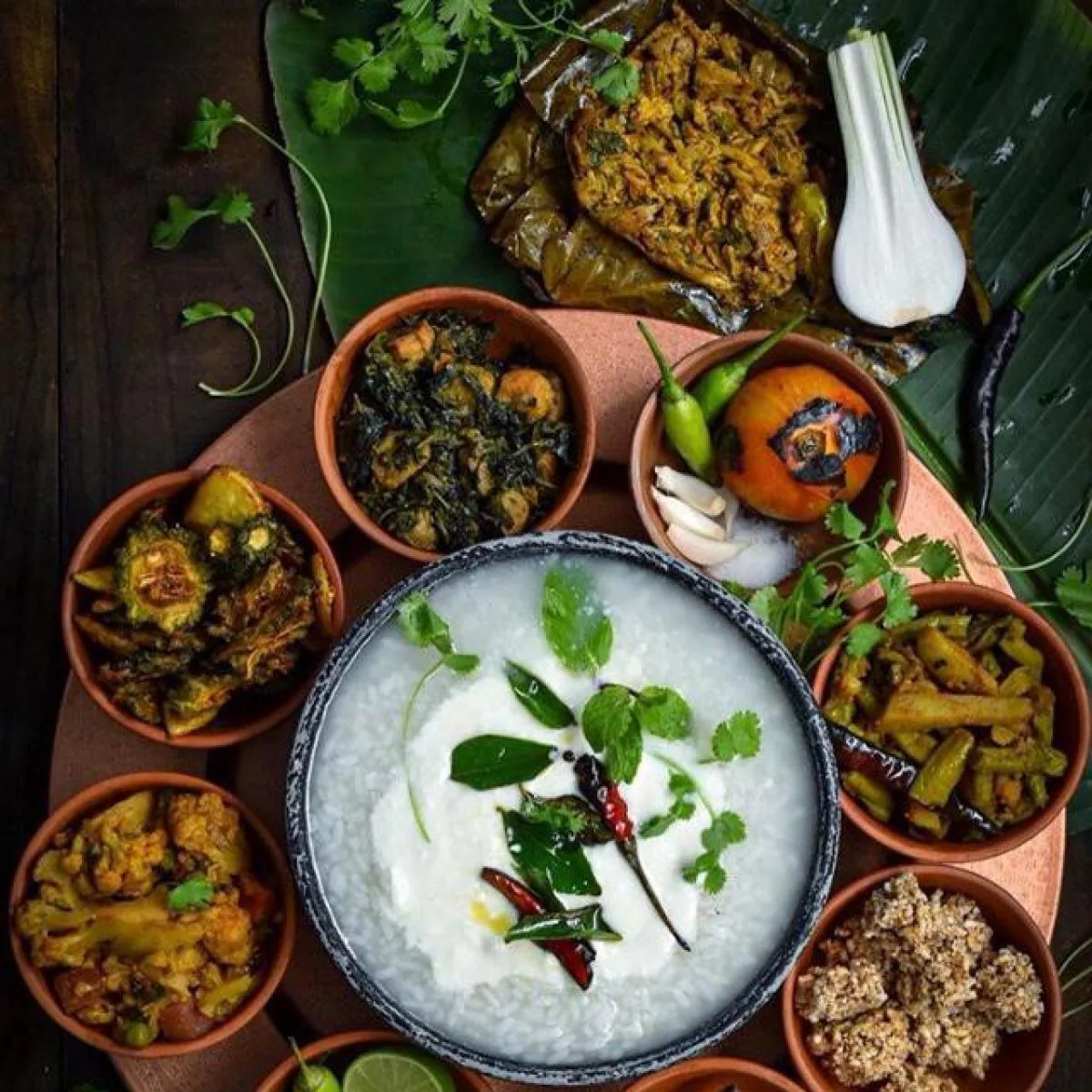
Pakhala Bhata – Odisha’s Summer Elixir
Pakhala Bhata is Odisha’s answer to summer heat — fermented rice soaked in water, served cool with a dash of curd, green chilies, roasted cumin, and salt. It’s often accompanied by fried or mashed vegetables like aloo bharta (mashed potato), saga bhaja (f
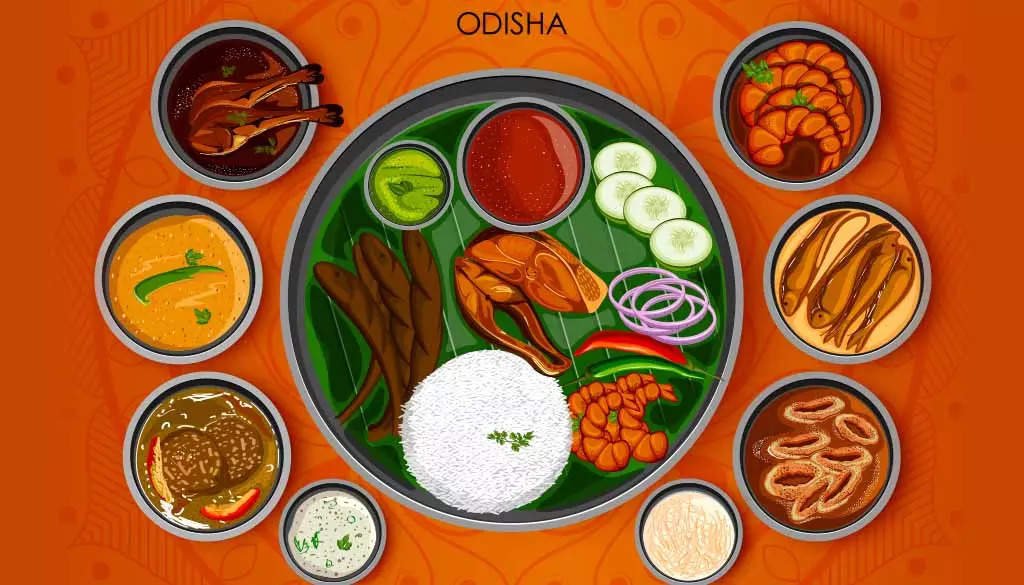
Odia Veg Thali – A Divine Platter from the Temple Land
The Odia vegetarian thali is a balanced, temple-style meal inspired by the offerings made to Lord Jagannath. A typical thali includes dalma, rice, saaga bhaja (stir-fried greens), khatta (sweet-sour chutney made with tomato or mango), chingudi chura (opti
Odisha – Travel advisory
October to March is ideal with pleasant weather.
Avoid May–June due to extreme heat.
For cultural experiences, visit during:
Rath Yatra (June–July) – World-famous chariot festival.
Puri Beach Festival – Cultural shows, crafts, and cuisine on the shore.
Cotton clothes and sunscreen if visiting in summer.
Light woollens for winters in hilly areas.
Umbrella/raincoat if visiting during the monsoon.
Comfortable footwear for temple and heritage site walks.
Mosquito repellent, travel essentials, and personal medication.
Light cotton clothes, sunscreen, sunglasses, and a hat for beach and temple visits.
Modest clothing for temple visits (avoid shorts, sleeveless tops).
Umbrella or raincoat if traveling in monsoon (June–September).
Comfortable sandals or slippers – easy to remove for temple entry.
If you see only one temple in Odisha, it should be Konark, 35km north of Puri and one of India’s most visited ancient monuments. Standing imperiously in its compound of lawns and casuarina trees, this majestic pile of oxidizing sandstone is considered to be the apogee of Odishan architecture and one of the finest religious buildings anywhere in the world.
The temple is all the more remarkable for having languished under a huge mound of sand since it fell into neglect around three hundred years ago. Not until the dune and heaps of collapsed masonry were cleared away from the sides, early in the twentieth century, did the full extent of its ambitious design become apparent. In 1924, the Earl of Ronaldshay described the newly revealed temple as “one of the most stupendous buildings in India which rears itself aloft, a pile of overwhelming grandeur even in its decay”. A team of seven galloping horses and 24 exquisitely carved wheels found lining the flanks of a raised platform showed that the temple had been conceived in the form of a colossal chariot for the sun god Surya, its presiding deity.
Equally sensational was the rediscovery among the ruins of some extraordinary erotic sculpture. Konark, like Khajuraho, is plastered with loving couples locked in ingenious amatory postures drawn from the Kama Sutra – a feature that may well explain the comment made by one of Akbar’s emissaries, Abul Fazl, in the sixteenth century: “Even those who are difficult to please,” he enthused, “stand astonished at its sight.”
Were it not for its glass-like surface, Chilka Lake, Asia’s largest lagoon, could easily be mistaken for the sea; from its mud-fringed foreshore you can barely make out the narrow strip of marshy islands and sand-flats that separate the 1100-square-kilometre expanse of brackish water from the Bay of Bengal. Come here between December and February, and you’ll see a variety of birds, including flamingos, pelicans, painted storks, fish eagles, ospreys and kites, many of them migrants from Siberia, Iran and the Himalayas. Chilika is also one of the few places in India where the Irrawaddy dolphin can be spotted.
The best way to see the lake and the birdlife is on a boat trip. Unfortunately, tourists are currently banned from visiting Nalabana Island, a bird sanctuary, which has dramatically reduced the chances of seeing the migratory species close up. It’s still possible to see them from further away, however, on a boat cruise or by visiting some of Chilika’s other islands.
Satapada, on the coastal side 45km from Puri, is the best place to stay on the lake; the surrounding waters offer the best chance of seeing dolphins.

